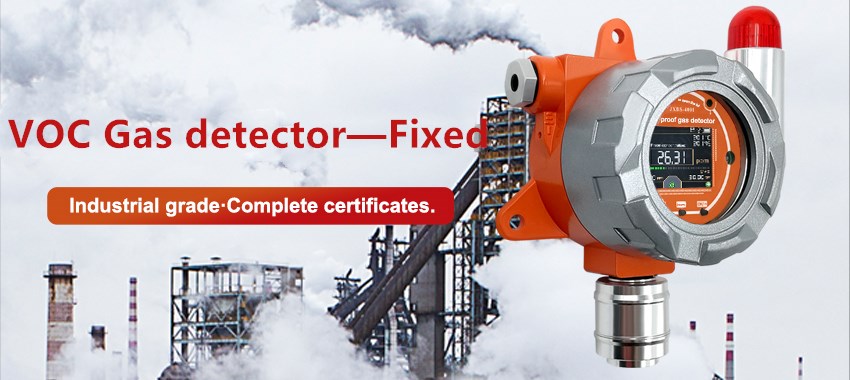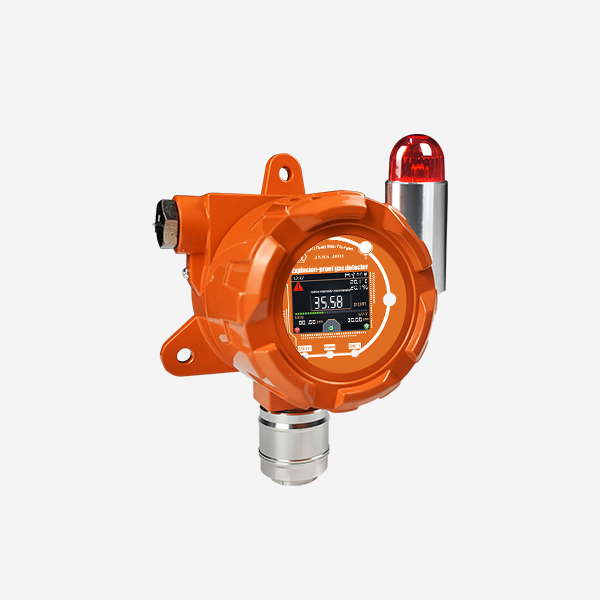Air pollution poses a major challenge to public health and the environment. To address air pollution, VOC sensors have become a revolutionary technology. Volatile organic compounds (VOCs) are a major contributor to air pollution, and accurate monitoring of them is critical. These sensors use advanced detection technology to measure and analyze volatile organic compound levels in real time, enabling better air quality management. This paper discusses the advantages and significance of VOC sensor in strengthening air quality monitoring.

The advantages of VOC sensors
VOC sensors have revolutionized air quality monitoring by overcoming the limitations of conventional sampling and analysis methods. Traditional methods required collecting air samples and sending them to laboratories for analysis, often resulting in time delays. In contrast, VOC sensor provide immediate feedback on VOC levels, allowing for quick response to potential pollution sources. The real-time data obtained from these sensors aids in identifying and mitigating air pollution risks promptly.

The utilization of VOC sensor enables the identification of pollution hotspots and emission sources. By strategically deploying these sensors in various locations, authorities and environmental agencies can create detailed maps highlighting areas with high VOC concentrations. This information facilitates targeted intervention and policy implementation to reduce pollution levels effectively. Moreover, VOC sensor integrated into smart city infrastructures can provide real-time data to the public, fostering awareness and encouraging active participation in pollution control efforts.

VOC sensor play a vital role in indoor air quality assessment. These sensors help detect harmful pollutants emitted by building materials, furniture, cleaning products, and other indoor sources. By continuously monitoring VOC levels, building managers and occupants can identify potential health risks and take appropriate measures to improve air quality. For instance, ventilation systems can be adjusted based on sensor readings to enhance indoor air circulation and reduce exposure to harmful VOCs.
Integrating VOC sensor with data analytics and communication technologies offers numerous benefits. Advanced algorithms can analyze sensor data in real-time, providing insights into pollution patterns, trends, and potential health impacts. This information enables decision-makers to implement targeted pollution control strategies and allocate resources effectively. Additionally, the integration of VOC sensors into air quality monitoring networks allows for comprehensive coverage and better understanding of pollution dynamics across different regions.
The significance of VOC sensors
The development of portable and wearable VOC sensors empowers individuals to monitor their personal exposure to pollutants. These sensors can be incorporated into mobile devices or worn as accessories, providing real-time VOC measurements in various environments. Individuals can make informed decisions regarding outdoor activities or choose appropriate protective measures based on the immediate feedback from the sensors. This proactive approach encourages a healthier lifestyle and raises awareness of the impact of air pollution on personal well-being.
Conclusion:
VOC sensors have emerged as essential tools in air quality monitoring, revolutionizing the way we assess and manage air pollution. With their real-time and accurate detection capabilities, these sensors enable prompt responses to pollution incidents and facilitate targeted intervention strategies. Furthermore, the integration of data analytics and communication technologies enhances the effectiveness of VOC sensors in shaping pollution control policies. As the technology continues to advance, VOC sensors will play an increasingly significant role in safeguarding public health and improving the overall environmental quality. Embracing this innovation is crucial for creating a healthier and sustainable living environment for all.
